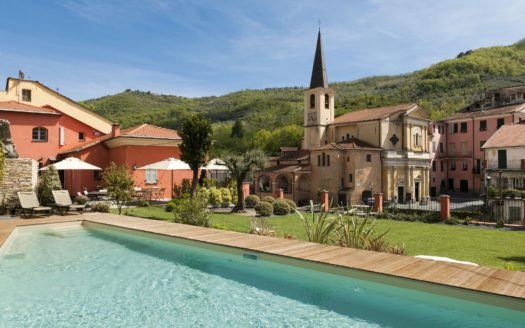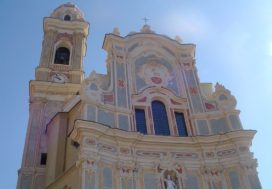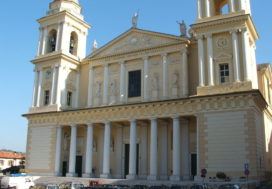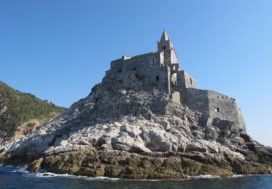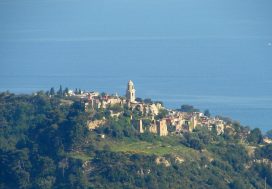A pleasant sojourn at Relais del Maro, located in Borgomaro (District of Imperia) in Liguria, will give you the opportunity to visit the marvels of Liguria.
Borgomaro
The first testimony of the territory of the Maro, hence, is the current Borgomaro, located in the district of Imperia and dating back to 1150. Its area is characterised by the presence of the River Impero and River Maro as well as by Mount Guardiabella (1,218 m) and Mount Grande (1,418 m).
Of particular interest are the parish church dedicated to Sant’Antonio Abbot, the Oratory of Our Lady of the Bridge and the one of San Giacomo, and the parish church of the Saints Nazario and Celso. On the other hand, as worthy examples of secular architecture, we can find De Mora Palace, Cassio Amelio Palace, Doria Palace, Guglieri Palace, and the Wash Houses of Conio. The Castle of Conio and the Castle of the Maro are excellent examples of military architecture.
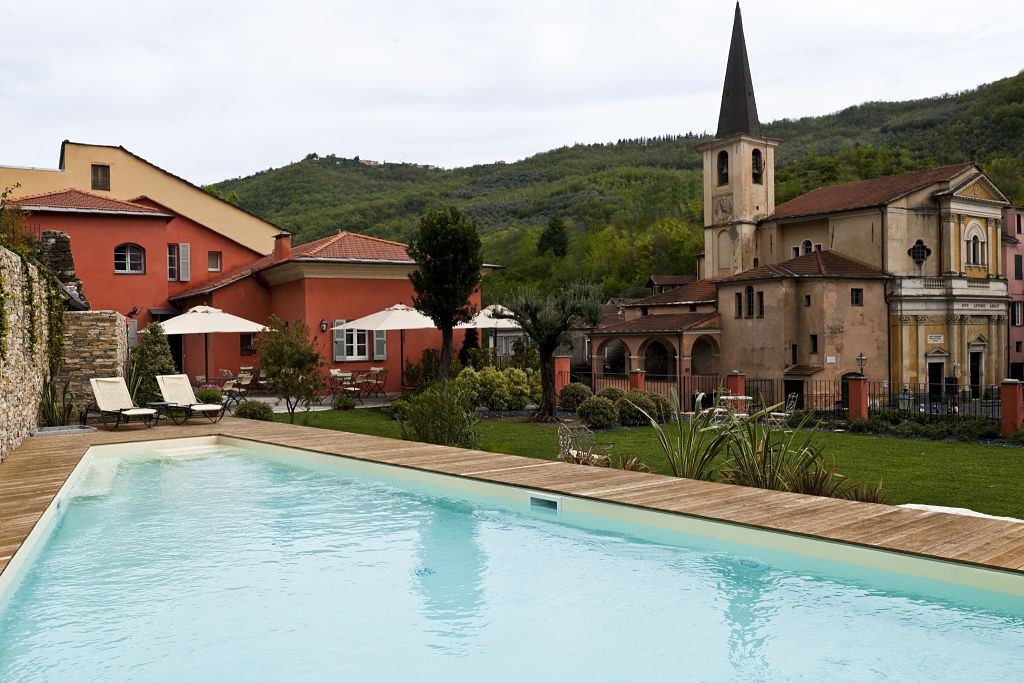
Parish Church to Sant’Antonio Abbot view from Relais del Maro,Borgomaro
Lucinasco
The typical hamlet of Lucinasco, located in the district of Imperia in Liguria, is inhabited by a little more than two hundred people and has been among the Counts of Ventimiglia’s possessions. Becoming a Savoy’s property in 1575, it followed their historic fate.
In its old town, we can find the parish church dedicated to the Saints Stefano and Antonio. Then the Church of Santo Stefano (15th century), the Sanctuary of Santa Maria Maddalena (also 15th century), theChapel of Mount Acquarone and the Lazzaro Acquarone sacred arts museum are worth a visit due to their artistic and architectonical value.
Even though, unfortunately, there are just some ruins left, the Castle of Lucinasco, built by the Counts of Ventimiglia, is worth a visit, too.
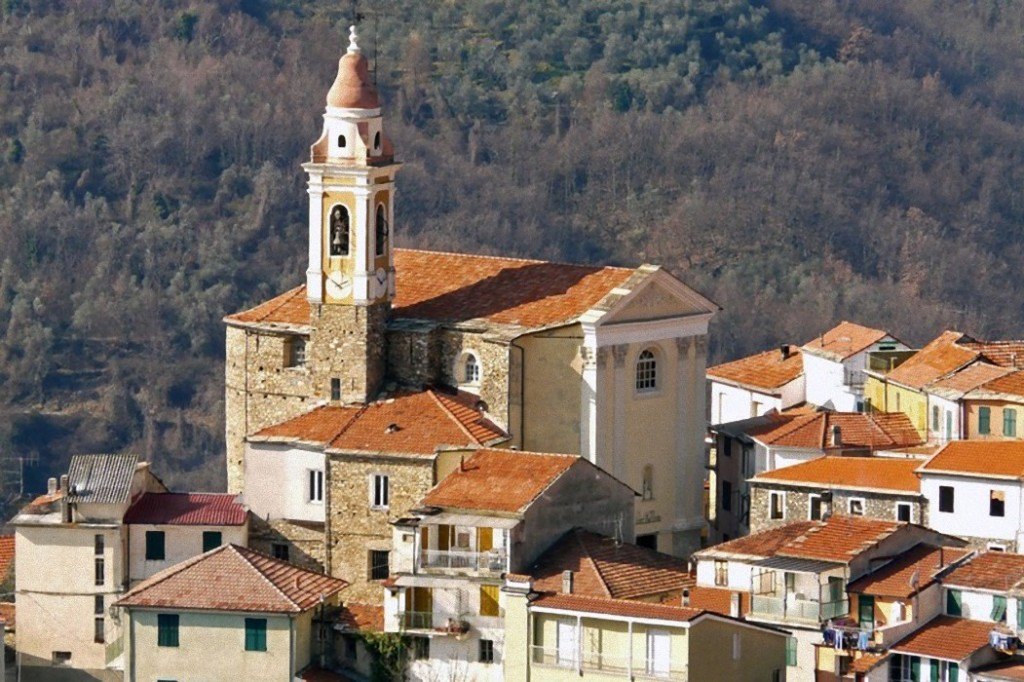
Aurigo Poggialto
Aurigo
A pleasant sojourn at the Relais del Maro, located in Borgomaro (district of Imperia) in Liguria, will give you the chance to visit Aurigo. It is a typical hamlet inhabited by a little more than three hundred people. Aurigo, located in the district of Imperia, stands at 431 m above sea level.
Its territory also has two suburbs, which are Poggialto and Guardiabella. The first written testimonies about the hamlet of Aurigo are dating back to the 13th century, when the Counts of Ventimiglia chose this area due to its strategic position suitable for building a castle.
Of particular interest are the parish church of the Virgin Mary’s Nativity and the nearby Oratory of John the Baptist, which offers facilities of peculiar cultural, artistic, and historic value. Visitors should not miss a visit to the Church of San Bernardo, the Church-Sanctuary of San Paolo and theChurch-Sanctuary of Sant’Andrea. Built near the ruins of the ancient castle, there is also the wonderful De Gubernatis Ventimiglia Palace, which is outstanding for its gate, too.



